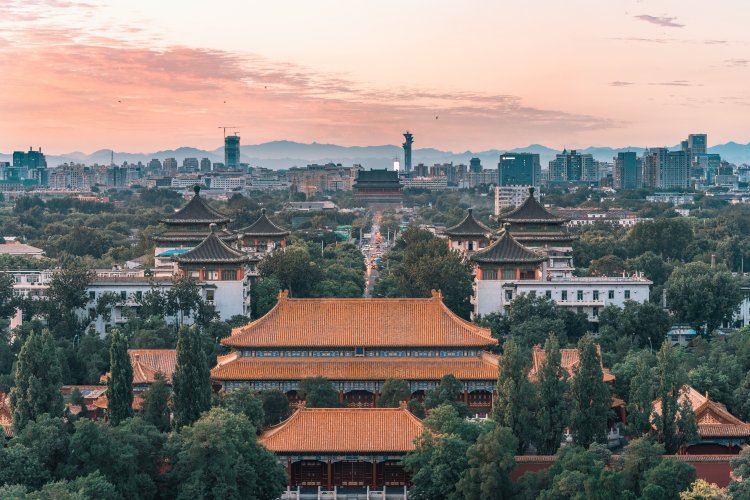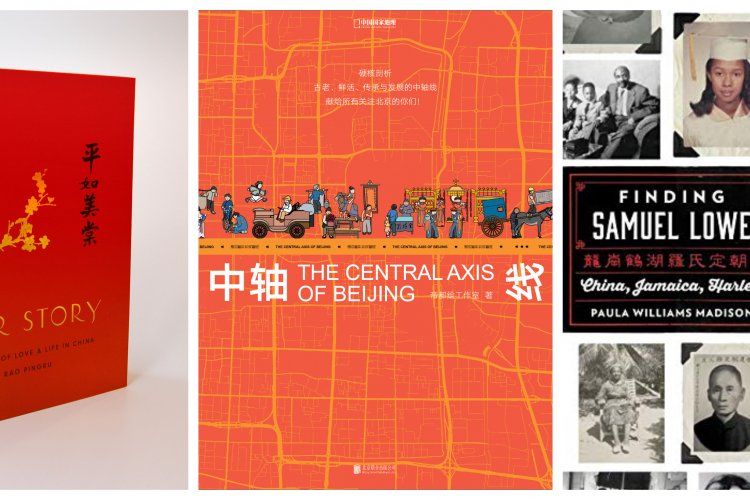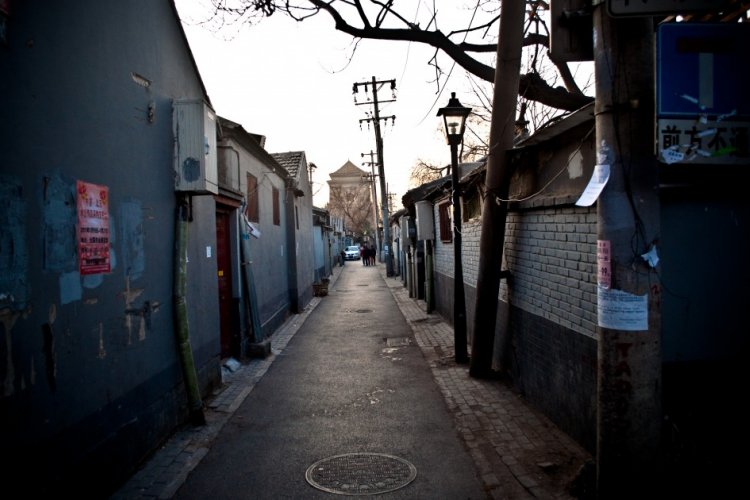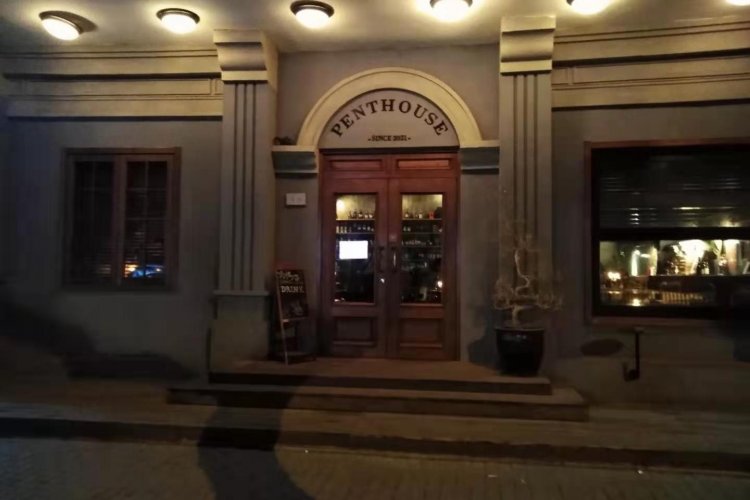Mass Relocation of Central Beijing Residents Planned for 2011
Residents around Gulou are once again facing uncertainty, as the Global Times reports this morning on plans for a “mass relocation project… along the city's central axis area this year.” According to Doncheng committee secretary Yang Liuyin, the plan will see 200,000 people moved out of central Beijing and the demolition of courtyards in the area “without much value.”
According to today’s Global Times report, the new mass relocation plan is “part of the city's efforts to apply for UNESCO World Heritage status for Beijing's central axis, which stretches 7.8 kilometers from Yongding Gate to the Bell Tower and includes the Forbidden City, the Imperial Ancestral Temple and Zhongnanhai, among other cultural sites.”
The report quotes district committee secretary Yang Liuyin as saying the relocation plan should be carried out because, “There should be no residential houses around the cultural sites.” Presumably that doesn't include the Chinese government's residential compound Zhongnanhai, located next to the Forbidden City.
As Beijing Cultural Heritage Protection Center founder He Shuzhong points out, “If the aim of the relocation is to control the overall population, the authorities should not only eye the common or the poor. There are plenty of governmental institutions which should also be relocated."
The relocation plan follows last year’s controversial proposal to demolish the entire Gulou area and construct a “Time Cultural City” around the Bell and Drum Towers, that would have included a museum, a shopping center and an underground carpark.
After extensive media coverage and the forced cancellation by police of a public meeting on the proposed redevelopment, authorities finally announced in early December that the “Time Cultural City” plan had been shelved. Instead, a much smaller museum would be constructed on an already vacant block of land opposite the Drum Tower. At that time authorities stated no further demolitions were planned.
The Global Times report states that those forced to relocate under the new plan will be “properly compensated and moved to residential buildings in Chaoyang and Tongzhou districts.” Given China’s excellent record of compensating its poorest citizens when they are thrown out of their homes, residents along Beijing’s central axis are no doubt holding their breath following the announcement of the relocation plans.
Related stories :
Comments
New comments are displayed first.Comments
![]() christoperer
Submitted by Guest on Tue, 01/25/2011 - 13:50 Permalink
christoperer
Submitted by Guest on Tue, 01/25/2011 - 13:50 Permalink
Re: Mass Relocation of Central Beijing Residents Planned ...
Rather contradictory policy, if anything can stop the UNESCO designating it a World Heritage site it's the forced removal of 200,000 poor residents and the destruction of some of the last the hutong neighborhoods in central Beijing.
On the other hand, the idea of several more square kilometers of prime real estate to graft from while selling to developers must have every bureacrat in the city rigid with anticipation.
![]() Thim Anglais
Submitted by Guest on Mon, 01/24/2011 - 23:11 Permalink
Thim Anglais
Submitted by Guest on Mon, 01/24/2011 - 23:11 Permalink
Re: Mass Relocation of Central Beijing Residents Planned ...
Sad sad sad
Hutong living despite the poor infrastructure is far more lively and livable than a modern lifestyle. If Unesco had yarbles we could challenge them to withhold said accolade if they throw out the residents. Doubt that would happen. Documentary? Protests? I know there's ambivalence, but 200,000 people? Come on, Beijing can't keep doing this. Hutong are the premier reason to be in Beijing
![]() cdn_china
Submitted by Guest on Mon, 01/24/2011 - 18:18 Permalink
cdn_china
Submitted by Guest on Mon, 01/24/2011 - 18:18 Permalink
Re: Mass Relocation of Central Beijing Residents Planned ...
The unintended consequences of poorly coordinated planning - 200,000 residents will want to drive cars from their new, less-central residences.
Or because only poor people are being moved out, who presumably can't afford cars, Line 1 will be even more crowded (if that is possible).
Brilliant foresight.
Validate your mobile phone number to post comments.






